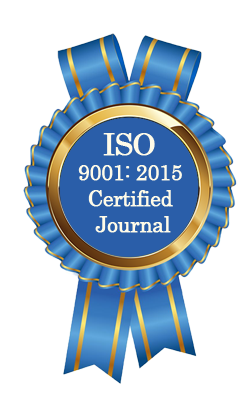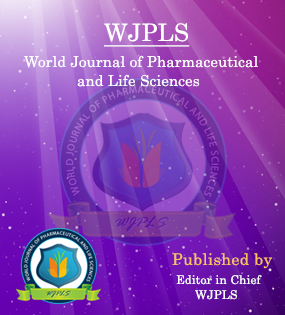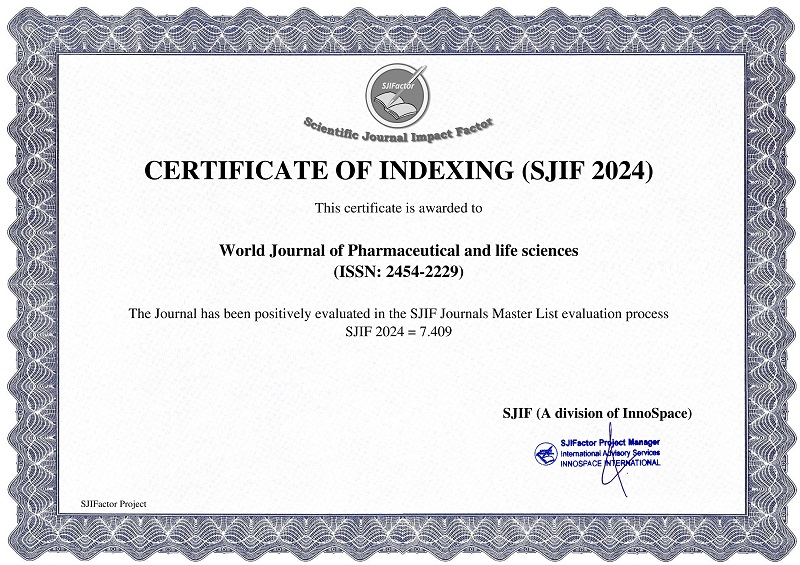Abstract
PHYSICIANS PRESCRIBING PATTERN OF ANTIMALARIALS IN PREGNANT WOMEN AND CHILDREN UNDER AGE 5 IN SELECTED SECONDARY HEALTH-CARE FACILITIES IN DELTA STATE, NIGERIA
Arute John E.*, Ojieabu Winifred A., Okolosi-Patani Omotejohwo. E, Okonkwo Chika B.
ABSTRACT
Introduction: Children under five years and pregnant women are the most vulnerable to malaria attack. While Sulfadoxine-Pyrimethamine (SP) is recommended for malaria prophylaxis in pregnancy, oral quinine and clindamycin (or quinine monotherapy if clindamycin is unavailable) and Artemisinin Combination Therapy (ACT) are recommended as first and second/third trimester drugs for malaria chemotherapy in pregnancy respectively. On the other hand, children under five have ACTs recommended for malaria chemotherapy while quinine/intravenous Artesunate/intramuscular Artemether are solely for severe malaria. Objective: To evaluate the prescription pattern of antimalarials by physicians for pregnant women and children under five years in three selected secondary health facilities; as well as to evaluate the rational use of drugs according to WHO standards and National Antimalarial Treatment Policy. Method: The study was carried out between May and mid-September, 2015 in Delta State, Nigeria. A total of 100 respondents participated in the study. Data was collected using structured prewjplstested questionnaire. Information gathered were sociodemographics, knowledge of physicians on the diagnosis of malaria infection for pregnant women and children under five years, choice of antimalarial drugs in treating the infection and their level of awareness of the Federal Government National Antimalarial Treatment guideline on the policy change to ACTs and WHO Standard Treatment Guideline. Result: Of the 100 questionnaires analyzed, 58% of physicians prescribed SP for malaria prevention while 50% of physicians prescribed quinine and 84% of physicians prescribed ACTs for malaria chemotherapy in the first and second/third trimesters in pregnancy. On the other hand, children under five had ACT (97%) and Quinine (49%) prescribed for uncomplicated malaria and severe malaria respectively. Average number of drugs was 1.68 and 2.22 for pregnant women and children respectively. Drugs were mostly prescribed by their generic names. Most physicians preferred oral route for drug administration in pregnant women while majority of physicians preferred syrups and tablets for children under five. Conclusion: The study showed that the pattern of treatment of uncomplicated malaria in pregnant women and children under five years reflected high compliance with the WHO guidelines and National Antimalarial Treatment Policy. Though, there were incomplete prescriptions and wrong prescriptions for malaria prophylaxis in pregnancy and uncomplicated/severe malaria in children under five respectively.
[Full Text Article] [Download Certificate]WJPLS CITATION 
| All | Since 2020 | |
| Citation | 590 | 424 |
| h-index | 12 | 10 |
| i10-index | 17 | 14 |
INDEXING
NEWS & UPDATION
BEST ARTICLE AWARDS
World Journal of Pharmaceutical and life sciences is giving Best Article Award in every Issue for Best Article and Issue Certificate of Appreciation to the Authors to promote research activity of scholar.
Best Article of current issue
Download Article : Click here





